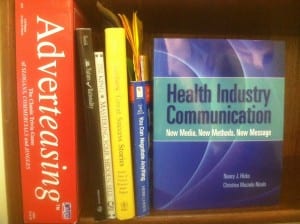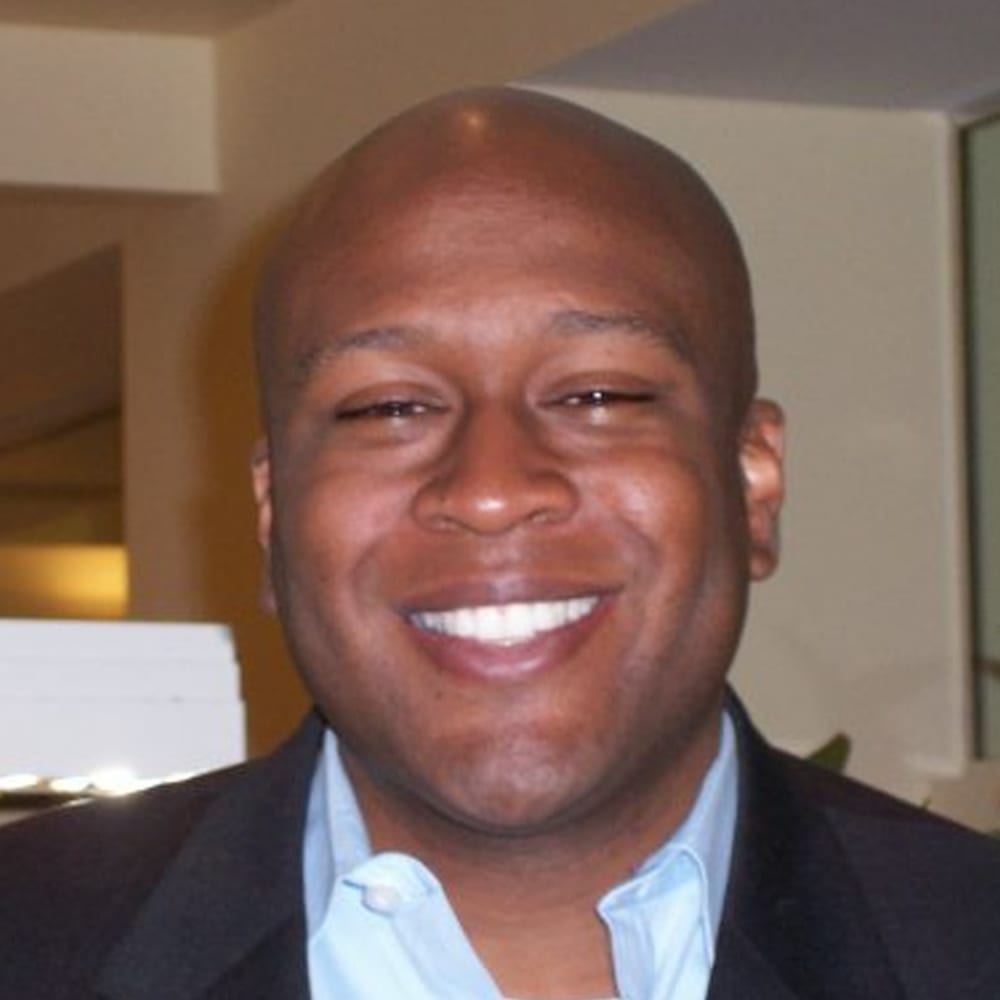 In the last decade, the world of healthcare has been rocked by not only industry changes, such as governments’ evolving role in providing healthcare as well as revolutionary advances in pharmaceuticals and medical technologies, but also by communication changes, including the advent of direct-to-consumer marketing along with the rise of social media.
In the last decade, the world of healthcare has been rocked by not only industry changes, such as governments’ evolving role in providing healthcare as well as revolutionary advances in pharmaceuticals and medical technologies, but also by communication changes, including the advent of direct-to-consumer marketing along with the rise of social media.
To tie together these two sets of changes and attempt to fill a critical gap in the literature for communications students as well as students of health administration and public health, Ketchum’s Nancy Hicks, SVP and associate director, North America Healthcare Practice, and Christina Nicols, VP and director of Research, Ketchum Washington, have co-written and co-edited a new book titled Health Industry Communications: New Media, New Methods, New Message.
The book presents best practices and case studies from notable practitioners and is intended to offer a 360-degree view of the world of health communications from a business and promotion outlook as well as offer a look at some special topics that impact health communicators. Recently, one of my colleagues, Jeff Lewonczyk, editor of intranet communications at Ketchum, caught up with Nancy and Christina to shed some light on some of the issues and trends examined in the book and what communicators can learn from them. Here I would like to share some excerpts from this interview.
JEFF: What is the goal of the book? What need does it fulfill, and what audiences is it intended for?
NANCY: The overall goal of the book is to give students and communications professionals an overview of the scope of communications in the healthcare industry by looking at virtually every sector of the industry and the myriad ways that communications impact the healthcare world.
CHRISTINA: The book is specifically intended as a college textbook for communications and public relations degree programs, and it’s suitable for communications courses offered in health management and public health programs as well. Still, Nancy and I think it is also very useful for practitioners currently working in the field, especially young professionals who want a broad understanding of the different types of communications and marketing efforts that are essential to health industry settings.
In it, we provide a 360-degree view of various types of campaigns and communications programs – from product launches and crisis communications to consumer marketing campaigns and advocacy programs – all with recent case examples from a variety of organizations in the health care sector. Nancy and I address health sector communications broadly because we believe it is important for students and young professionals to understand how these different types of communications efforts can all contribute to the overall success of an organization. It is also interesting and useful to see different perspectives and objectives among major players within a single sector, and how the objectives sometimes overlap or diverge depending on the issue.
JEFF: What are the top takeaways from the book – the things that all healthcare communicators should know about the subject matter?
NANCY: The top takeaway is the depth and breadths of communications in healthcare and how this has impacted healthcare in this country.
CHRISTINA: I think a key take-away from just about every chapter is that communications professionals need to have a very strong understanding of their operating environments, both internal and external. Communicators in medical professional associations (See the sidebars for specific examples.)
JEFF: Where do you see the field of healthcare communication heading – if you were to issue an updated or expanded edition in the near future, what developments do you think you would cover?
NANCY: I see an evolution toward more integrated communications – the lines among PR, advertising, and marketing have become increasingly blurred. Social media is a huge new component of the communications spectrum and has had a major impact on patient communities and advocacy initiatives. Access to the Internet has given consumers great ascendancy in healthcare, and this trend is accelerating with the growth of social media.
CHRISTINA: Like Nancy says. Communications in the health sector is moving increasingly online and through mobile applications. Mobile applications in particular offer tremendous promise for campaigns aimed at changing health behaviors. It would be exciting to offer an expanded version of the book with additional cases examples and chapters in this area
JEFF: What advice, insights or experience would you share with those who are interested in following their passion through writing or other forms of thought leadership?
CHRISTINA: Stick with it! I know we all have very full days, and it can be difficult to find the time and energy to focus on outside projects. I found it more manageable to commit to smaller increments of time steadily throughout the week rather than trying to cram all the writing and editing into the weekend. While working on the book, I was also finishing a master’s degree in Public Health, which was challenging in terms of time management, but also helpful, because the degree program reminded me of different perspectives and topic areas I wanted to make sure we included in the book. So, I guess it helps if your outside interests align.
NANCY: As they say in the Nike ad: Just do it! There is never a good time for this kind of venture, yet it is infinitely rewarding when you do it. The energy you get from this kind of project can fuel thinking in other areas of your work. The collaboration with distinguished contributors is also very rewarding.
JEFF: Are either of you planning any more books for the future?
CHRISTINA: I have been invited to contribute a chapter to another book on health communications that will be published by the American Public Health Association. This book focuses on public health campaigns and initiatives geared to change consumers’ attitudes and behaviors in various areas of health and wellness.
NANCY: I would like to do another book when I have time to do original research and all of the writing. The book would probably focus on the healthcare industry, but in my heart of hearts, I would like to write a spy novel!
Some Key Insights from Nancy and Christina:
- Some of the biggest challenges in the healthcare communications process can be in understanding internal expectations and managing internal buy-in, even while developing a campaign that is externally focused.
- Communicators in medical professional associations often have to understand and balance seemingly divergent interests, such as business interests, public health goals, and efforts to advance the profession.
- Don’t underestimate the value of thorough communication planning. Good planning contributes to a strong understanding of audiences and operating environments.



